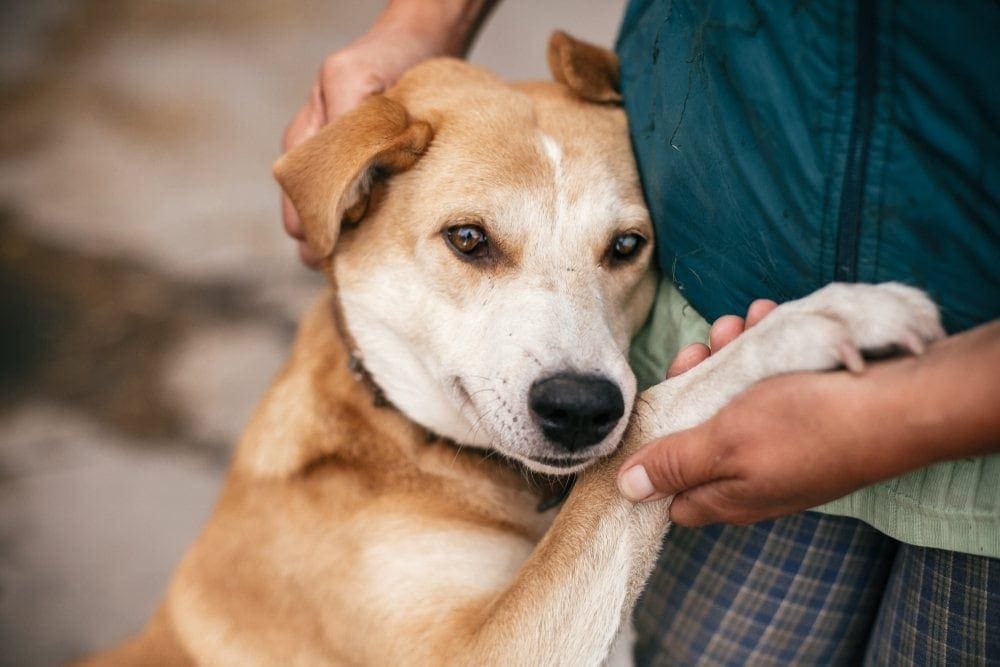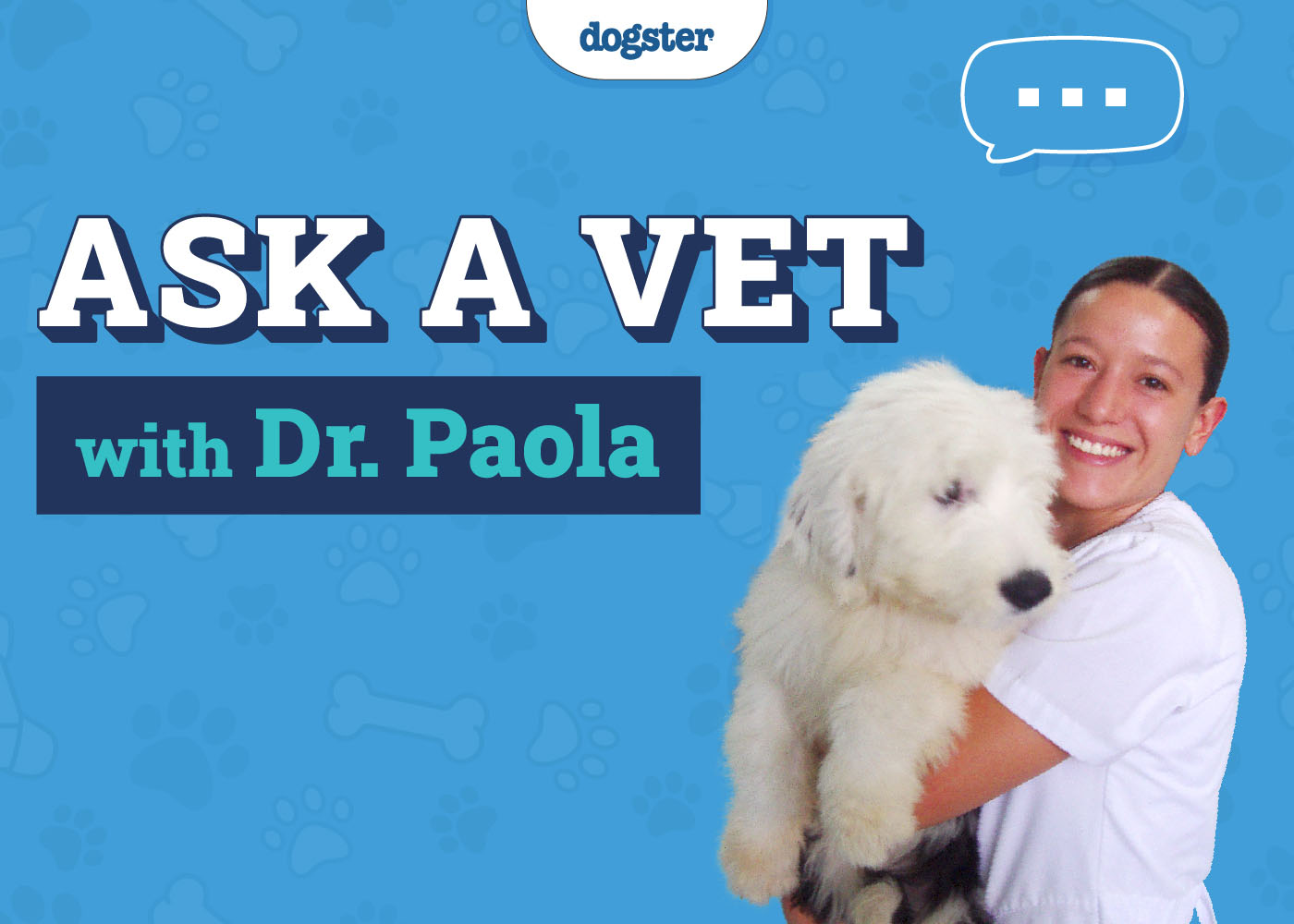Anxiety isn’t reserved just for humans. Unfortunately, dogs can experience this unpleasant feeling, too. Dogs can become anxious for several reasons, which may involve thunderstorms, fireworks, or simply having a ton of energy. Whatever the reason, knowing specific techniques can come in handy to calm a dog down in certain situations.
In this article, we’ll list 10 tips you can try in hopes of calming your dog and reducing anxiety in your anxious pup.
The 10 Tips for Calming Down a Dog
1. Designate a Quiet Place
Many dogs get anxious when it storms or when loud, booming fireworks light up the sky. These types of sounds are louder to your pooch due to their strong sense of hearing, and designating a quiet place in your home can work wonders during these events.
Try shutting the door and playing soft, soothing music. You can also try playing white noise through a sound machine, as this helps drown out the stressful sounds and reduce stimuli. Ensure you leave water in the room for your pup and monitor often to ensure your canine pal is okay.
2. Try a Calming Vest
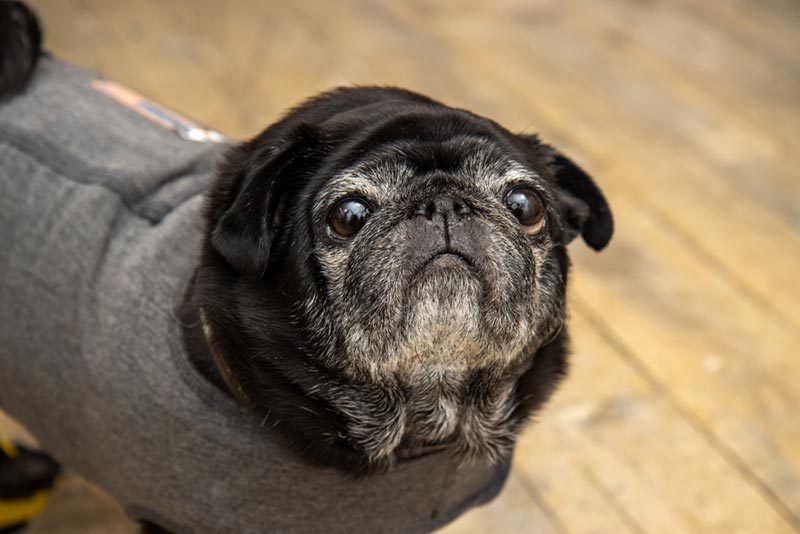
A calming vest is an option worth trying during storms or fireworks. The idea is to apply enough pressure to your doggie’s torso to help make him feel more secure and safe. These vests work much in the same way as hugging a distressed person or cuddling a crying baby.
The gentle pressure releases endorphins that help create a sense of safety and well-being. Only use these vests for stressful situations to reduce the possibility of the vest becoming less effective.
3. Try Anxiety Medication
You can obtain anxiety medication from your veterinarian. Explain the issue, and your vet will prescribe medication with instructions for when and how to give it to your dog. These types of medications work well when you know a storm is approaching or some other event you know will cause stress and anxiety, such as fireworks.
To talk to a vet online now, click on the image or button below:
4. Give your Dog Proper Exercise
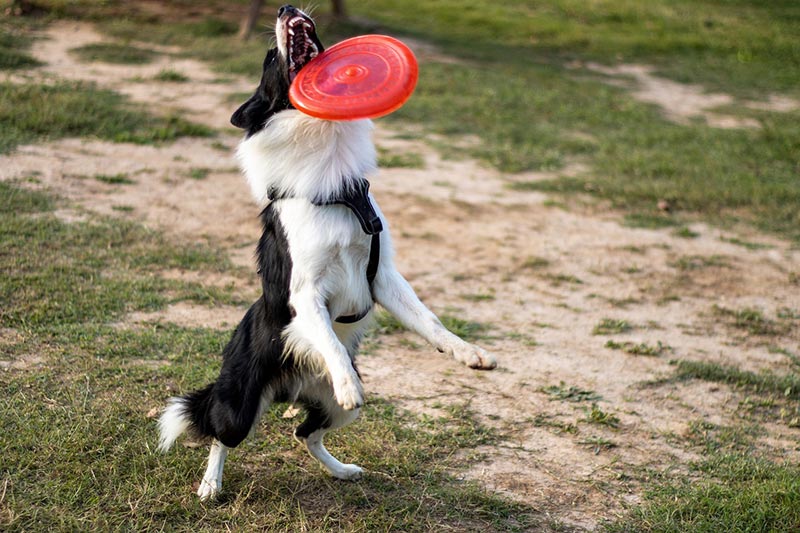
Exercising your dog is important on many levels, and for hyper dogs, it helps calm them down. Some dogs may act out due to insufficient exercise, which can lead to destructive behavior. A tale-tell sign that your dog needs more exercise is if your dog starts showing signs of destructive behavior or hyperactivity.
Taking your dog on a walk is an excellent form of exercise. If that’s not possible, you can always ensure you have plenty of interactive toys for your pooch to play with. Throwing Frisbee in the backyard is another fun activity for both of you to enjoy, and it gets rid of all the energy causing hyperactivity.
5. Show Physical Affection
Some dogs respond well to their owner’s physical touch. If you have a small dog, try holding your pup, especially during stressful events. For large dogs, get as close as you can and pet them until their anxiety level decreases. This technique may not work for all dogs, but it’s worth a shot.
6. Learn Your Dog’s Body Language
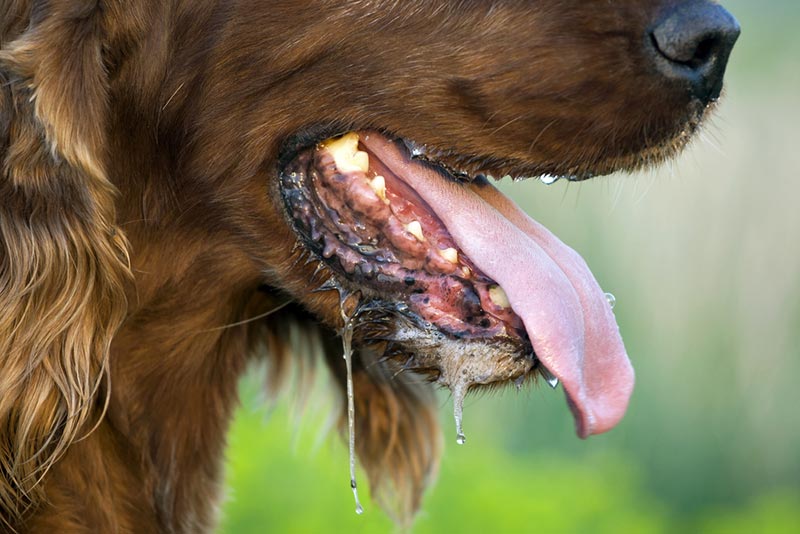
Your dog may be stressed without you realizing it, making learning your dog’s body language an important ability to help calm him down. Signs to look for are drooling, panting, a tucked tail, tucked ears, yawning, lip-licking, and raised hackles.
You can help calm your dog down if you notice these signs in the body language. If you’re unaware of your dog’s body language, you won’t know if your dog is stressed.
7. Avoid Eye Contact
When a dog is showing hyperactivity, avoid making eye contact. Making eye contact with a hyperactive dog may invoke more of the same behavior because they feel they are receiving the attention they are seeking. It’s best to ignore this behavior until your dog calms down.
After your dog is calm, reward them with a treat. Eventually, your dog will learn that this behavior is unacceptable and may cease doing it altogether.
8. Try CBD Oil
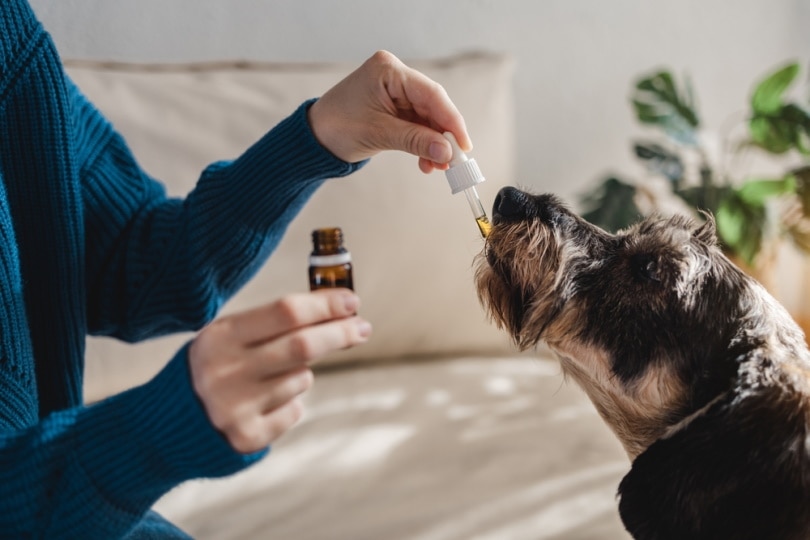
CBD oil is a compound found in cannabis and hemp, but it is not the same compound that causes the “high” from THC in marijuana, which can be toxic to dogs. While no scientific data supports CBD oil’s effectiveness, there’s no harm in giving it a try as long as you get the go-ahead from your veterinarian.
It’s imperative to note that the U.S. Food and Drug Administration (FDA) has not approved CBD oil for dogs, and no dosing chart is available. Given this fact, you must use it with caution and start out with a minimal amount.
However, it could help alleviate anxiety and stress and may even relieve symptoms for dogs with certain medical conditions, such as cancer and seizures.
9. Turn On Some Classical Music
Music therapy has been proven to alleviate stress and anxiety in humans, and it may also work for your canine pal. While there is little evidence to support this theory in dogs, there is certainly no harm in trying.
Experts believe classical music is most effective in easing symptoms, so the next time your pooch is anxious or stressed, put on a little Beethoven, Bach, or Mozart. Classical music has more of a calming effect on dogs. However, further studies are needed, but experiments lean toward music therapy giving some relief in stressed or anxious dogs.
10. Aromatherapy

Studies suggest that using aromatherapy could bring some relief to your stressed-out pooch. The best way to reap the benefits for your dog is by purchasing an Adaptil Diffuser. Adaptil is a natural, drug-free solution recommended by veterinarians that has been proven to reduce stress and anxiety in dogs.
The diffuser releases dog-appeasing pheromones (DAP) that naturally occur in lactating, nursing mother doggies. These pheromones calm anxious puppies while the mother is nursing, and pheromones naturally have the ability to calm adult dogs when exposed.
Conclusion
No one likes to see their beloved canine stressed and anxious, and by applying the techniques listed above, you can help eliminate stress for your doggie. You can always consult your veterinarian for advice just to be safe.
Not every method and technique works the same for every dog, and you may need to try a few before you find success.
See also:
- 6 Best Anxiety Vests for Dogs – Reviews & Top Picks
- How to Calm a Dog During Fireworks: 12 Vet-Approved Tips
Featured Image Credit: Bogdan Sonjachnyj, Shutterstock

